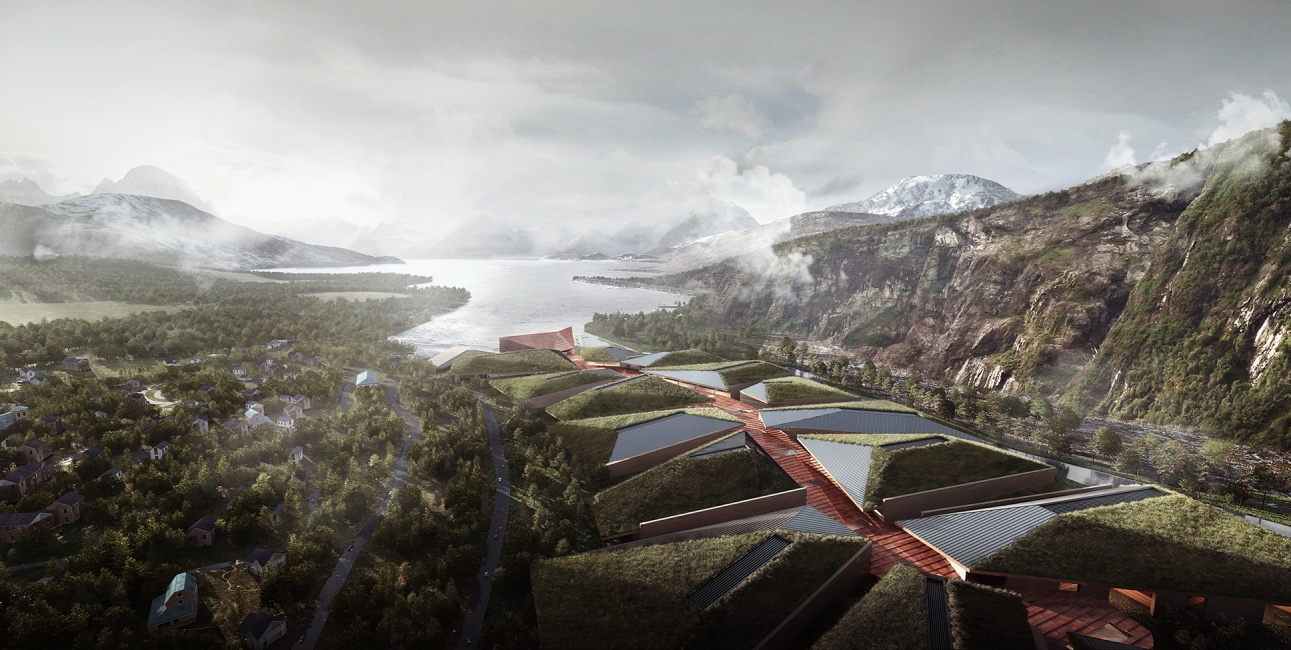September 17, 2019 by Siobhan Climer
In early August, Amazon announced new initiatives around renewable data centers in the form of two power projects – a 23.2MW wind farm in Cork, Ireland and a 45MW solar farm in Virginia, USA – that will generate energy used to power AWS data centers.
The renewable focus by Amazon, now the largest public cloud provider and hosting service in the world, is not new. In 2014, Amazon made a commitment – though they offered no timeline – to power 100 percent of its global operations with renewable energy.
Power-Hungry Data Centers
 Traditionally, data centers are enormous energy hogs. In December 2017, Forbes reported on the “big and rapidly growing problem” of energy for data centers. Data centers across the globe used approximately 416 terawatts in 2016, which – even then – was 40% more electricity than used by the entirely of the United Kingdom.
Traditionally, data centers are enormous energy hogs. In December 2017, Forbes reported on the “big and rapidly growing problem” of energy for data centers. Data centers across the globe used approximately 416 terawatts in 2016, which – even then – was 40% more electricity than used by the entirely of the United Kingdom.
In 2016, the Data Center Optimization Initiative in the U.S. told federal agencies to reduce costs of physical data centers by 25% by the end of 2018 and invest in cloud technology. However, moving to the cloud doesn’t reduce energy consumption – it just moves it somewhere else.
Cooling Data Centers
Technology gets hot and maintaining the right temperature in a data center is key to protecting the performance, functionality, and efficiency of equipment. Data center environmental controls seek to control temperature and humidity. By using data center monitoring, effective airflow management, thermal modelling, and computational fluid dynamics data center operators can optimize environmental controls.
Can We Be Better At Cooling Data Centers?
Data centers’ energy consumption is becoming a bigger challenge. Advancements in technology are both proliferating – and solving – the problem.
Technology
In the past, the standard for data center temperature controls was 70°F. Many data center equipment manufacturers are creating technology that can withstand higher temperatures. While it does not reduce energy consumption, it delays the onset of significant damages and reduces overall risk. Google, for example, maintains a temperature closer to 80°F using its closed-coupled cooling system.
Closed-Coupled Cooling
When Google published a photo gallery illustrating its cooling system design in 2012, industry experts took note. The closed-coupled cooling system employs cooling coils that transport cold water along the ceiling. This design, which Data Center Vice President at the time Joseph Kava described as “significantly more efficient” than other systems is still considered risky by data center experts, who see the proximity of servers to water as problematic.
Location

Using nature to their advantage, some data centers are now operating in colder environments. These typically low-populations areas use the surrounding environment to increase energy efficiency. This can also reduce costs as the land in these regions is more affordable.
In fact, in August 2017, the US-Norwegian company Kolos announced plans to build the largest data center inside the Arctic Circle to induce sustainability, efficiency, and security.
“Kolos is changing the paradigm in data center infrastructure, moving away from dense, high-cost, fossil fuel-driven areas, to an area abundant in clean, renewable energy.”
Project Natick: The Underwater Data Center
Back in the summer of 2018 Microsoft announced a rather spectacular initiative: an underwater data center. While many skeptics initially scoffed at the idea, suggesting it was more publicity stunt than legitimate investment, Project Natick’s research leader, Ben Cutler, sees the project as a strong contender in cooling data centers.
“We think the structure is potentially simpler and more uniform than we have for data centers today.” In fact, “the expectation is there actually may be a cost advantage to this.”
Double-Use Energy
Data centers and towns in Europe have also been exploring collaborative relationships, whereby the excess heat from data centers could be used to heat nearby businesses, creating the world’s first energy-positive cities. With case studies in Norway, Germany, Finland, and Sweden exploring these capabilities, the likelihood of your heat coming from a data center near you rises.

Ensuring Your Data Center Is Cool Like A Cucumber
While these advancements around the world are incredible, only enterprise cloud hosting companies are truly able to invest in the most energy efficient designs. This doesn’t mean that smaller data centers can’t achieve the benefits of cost reduction and improved performance.
Ensuring your data center is designed efficiently, effectively monitored, cooled, and updated helps you reduce overall operating costs. Our team of data center specialists can help you improve data center performance – or facilitate a transition to a cloud provider.
Register for a whiteboard session with our specialists to discuss the possible outcomes of a data center upgrade.
Like what you read?
Contact us today to learn how to improve your data center operations.
About Mindsight
Mindsight, a Chicago IT services provider, is an extension of your team. Our culture is built on transparency and trust, and our team is made up of extraordinary people – the kinds of people you would hire. We have one of the largest expert-level engineering teams delivering the full spectrum of IT services and solutions, from cloud to infrastructure, collaboration to contact center. Our customers rely on our thought leadership, responsiveness, and dedication to solving their toughest technology challenges.
Contact us at GoMindsight.com.
About The Author
Siobhan Climer, Science and Technology Writer for Mindsight, writes about technology trends in education, healthcare, and business. She writes extensively about cybersecurity, disaster recovery, cloud services, backups, data storage, network infrastructure, and the contact center. When she’s not writing tech, she’s reading and writing fantasy, gardening, and exploring the world with her twin daughters. Find her on twitter @techtalksio.

